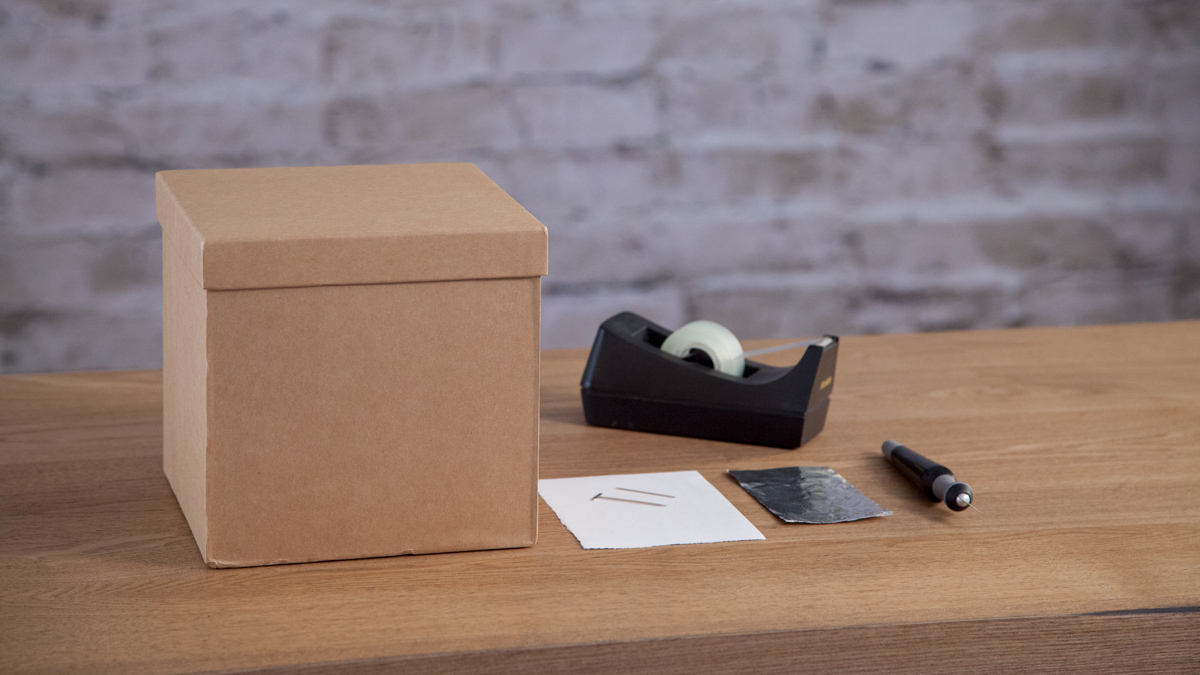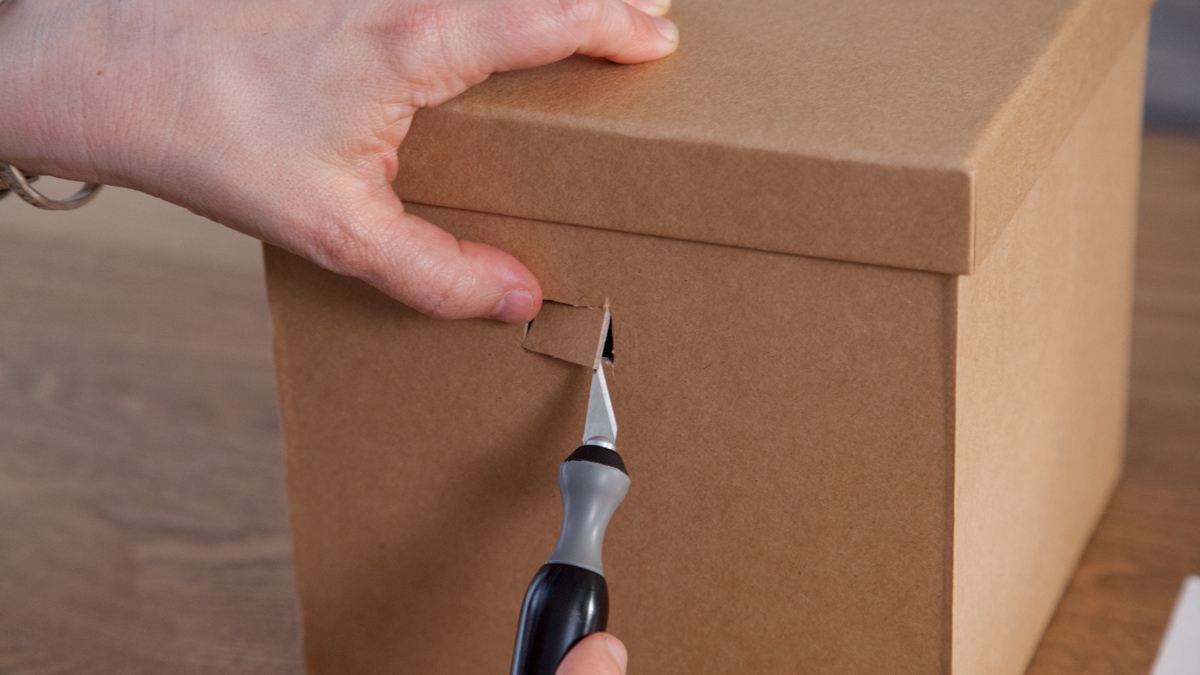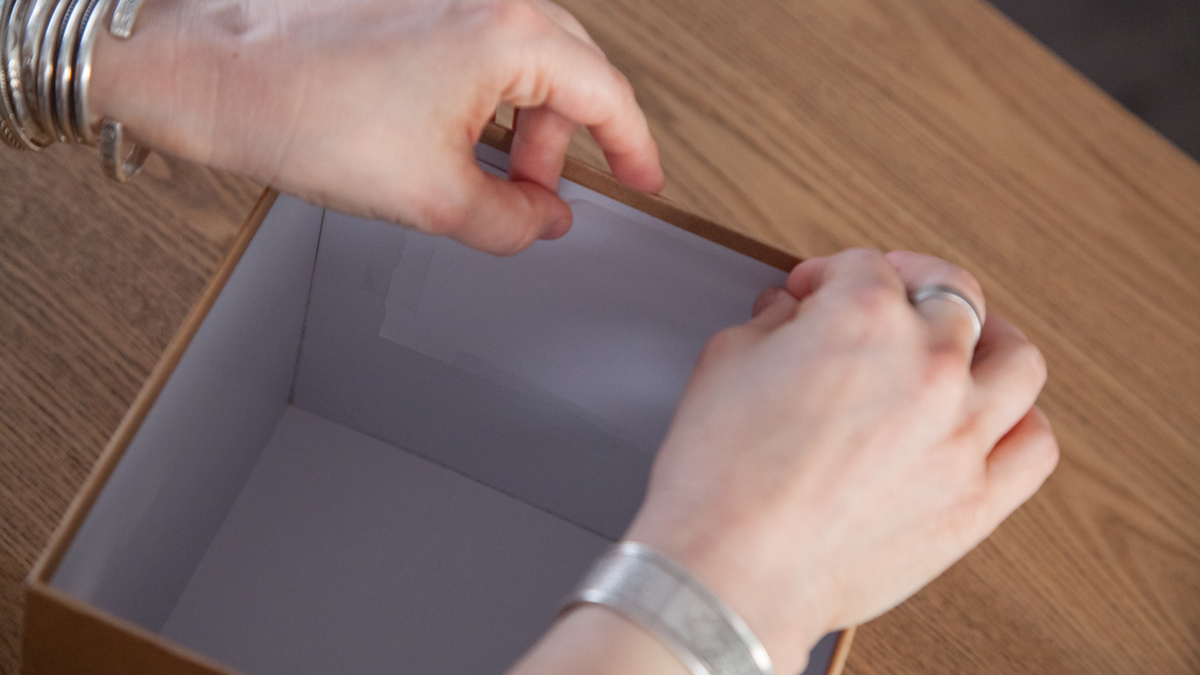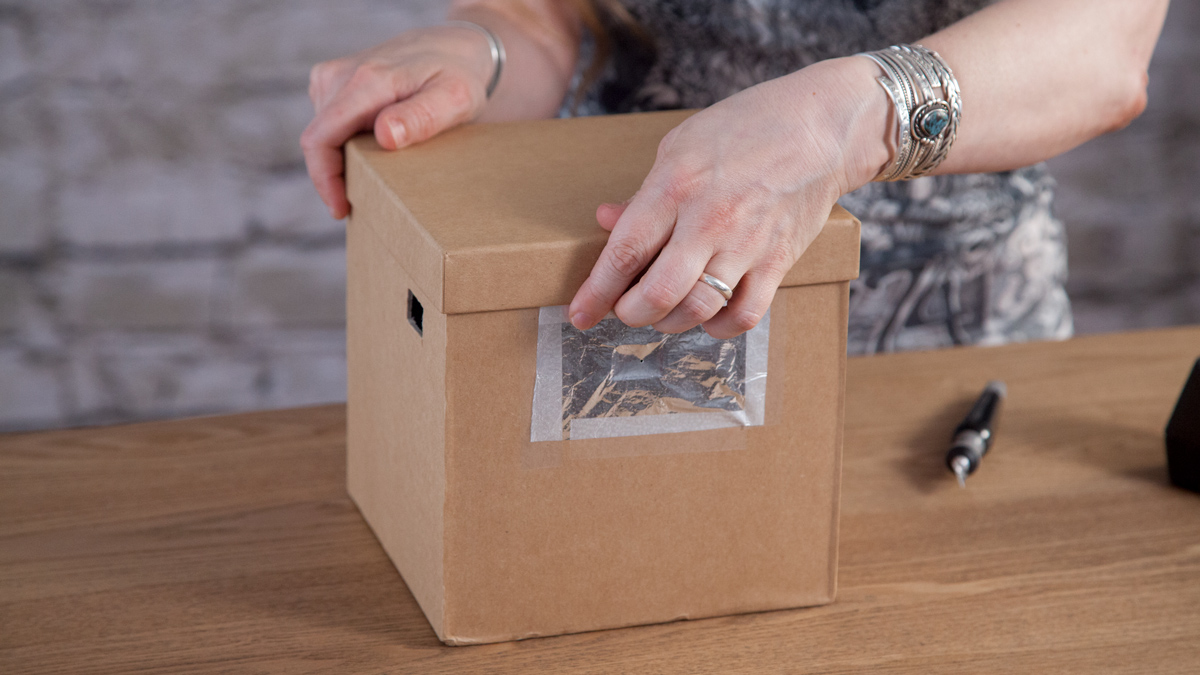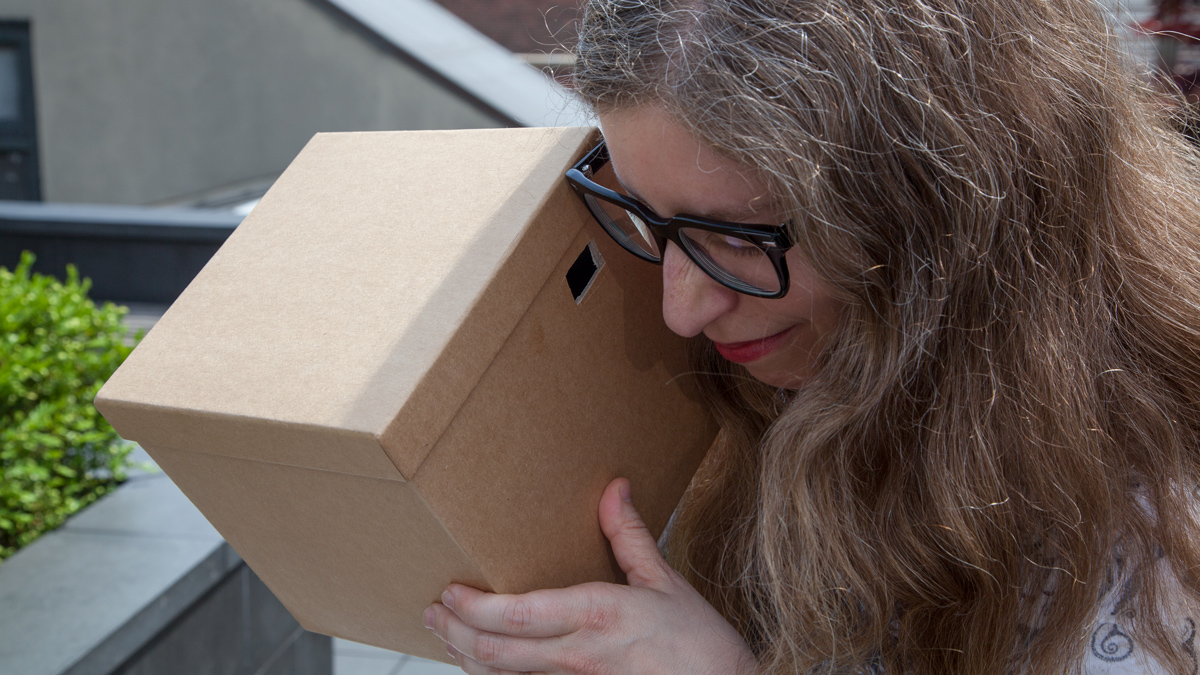How to make a solar eclipse viewer: Step-by-step photo guide
Are you scrambling to find eclipse glasses to view an upcoming solar eclipse? Or maybe you'd rather the homemade route? Regardless, you can safely catch the celestial phenomenon if you're up for a simple do-it-yourself project.
It's extremely dangerous to look at the sun, even if most of its light is obscured by the moon. Just as a magnifying glass can focus enough sunlight onto a leaf to start a fire, the lens in your eye can also focus that sliver of light onto your retina to burn it. And because retinas have no pain receptors, you can damage your vision without even feeling it happen. Let us make this perfectly clear: Don't look at the sun during a solar eclipse!
That's not to say you can't watch it indirectly, though. The best way to view an eclipse is through a simple pinhole camera. Let's get started.
Webcasts: How to watch the 'ring of fire' solar eclipse online on June 10
Related: When, where and how to see the 'ring of fire' solar eclipse of 2021
What you'll need
To build one, all you need are a few household supplies: a box (a shoebox will work), a small piece of tinfoil, a white sheet of paper, tape, a pin or needle and a box cutter or X-Acto knife.
Step 1
Cut a small hole, about 1 inch (2.5 centimeters) across, in one end of the shoebox, near the top edge.
Step 2
Tape a piece of tinfoil over the hole.
Breaking space news, the latest updates on rocket launches, skywatching events and more!
Step 3
Using a pin or needle, punch a hole in the center of the foil.
Step 4
Tape a small piece of white paper to the inside of the box, at the opposite end from the foil-covered hole. The paper should be positioned so that light entering the box through the pin hole will hit it. This is your "projection screen," where you'll look for the image of the sun.
Step 5
Cut a 1 inch (2.5 centimeter) hole in the box on a side adjacent to the image screen (the white piece of paper). This is your viewing hole; it must be positioned so that you can look through it at an angle and see the white paper.
Step 6
Place the lid back on the box.
Watch the eclipse
To test your viewer, take it outside on a sunny day and hold the shoebox so that it lines up with its own shadow, aligning with light from the sun.
Stand so that when you look through the viewing hole, you can see a tiny circle of light on the image screen; that's the sun. During the eclipse, you'll see the shadow of the moon pass in front of the sun.
REMEMBER: Looking directly at the sun, even when it is partially covered by the moon, can cause serious eye damage or blindness. NEVER look at a partial solar eclipse without proper eye protection.

